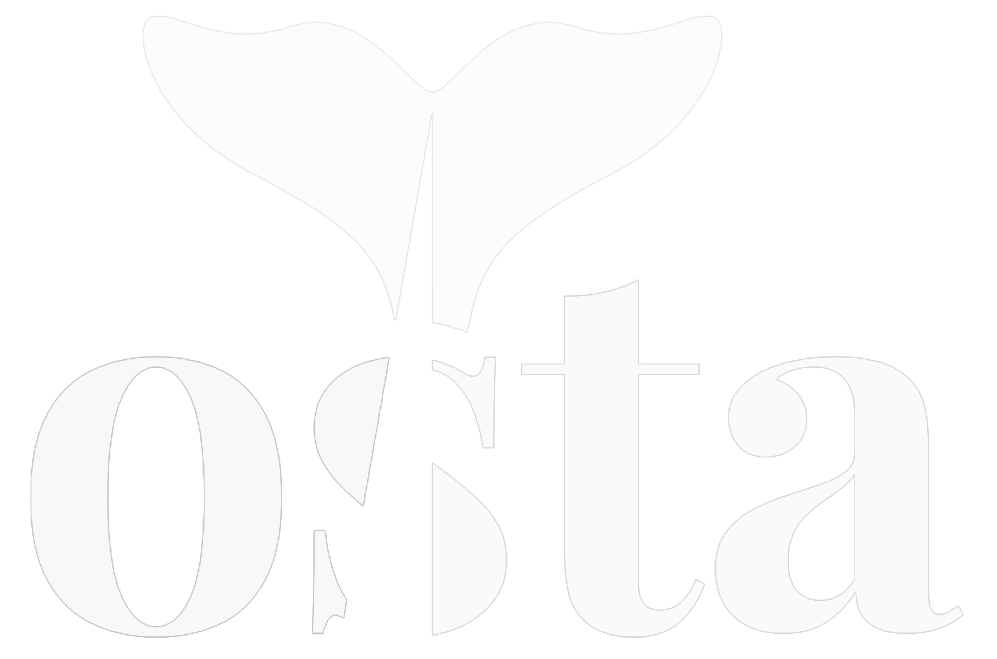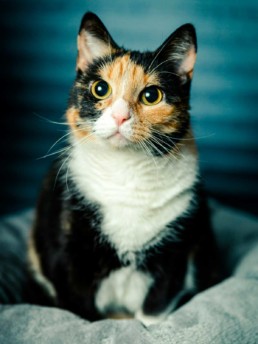Unlocking Animal Happiness
Saving Lee: Upholding Animal Welfare and Public Health through Ethical Legal Decisions
The 2020 legal case, concerning the proposed euthanasia of a cat named Lee, revolved around the Belgian Food Safety Agency’s (FAVV-AFSCA) verdict to euthanize the cat due to its illegal importation from Peru by Selena Ali, its Flemish owner.
1 Animal
1 Cat
Animals possess inherent value for their existence, particularly when potential risk to human health is proven to be non-existent[1]
The legal battle concerning Lee’s proposed euthanasia pivoted on the Belgian Food Safety Agency’s (FAVV-AFSCA) decision. Selena Ali, Lee’s owner, had unlawfully brought him from Peru. Even though Lee was vaccinated against rabies before his return to Belgium, he didn’t meet the legal prerequisites for importation, leading to the euthanasia verdict by the Belgian authorities. The case, however, was rife with legal and ethical intricacies, including the contradictory expert opinions on rabies transmission risk and the feasibility of quarantaine options. The court concluded that the decision to euthanize lacked sufficient justification and violated European legislation that advocates euthanasia only as a last resort.
Lee’s case underscores the necessity of valuing individual animal lives, even when assessing potential impacts on human health. Despite fears about rabies risk, associated with illegal importation, the verdict to euthanize Lee was met with considerable opposition from the Belgian animal welfare organization GAIA and the Flemish Animal Welfare Minister. Theis stance mirrors a broader ethical imperative to protect the well-being and even the right of animals to live.
The legal dispute surrounding Lee’s fate underscores the need for meticulous consideration and rigorous justification in decisions involving animal euthanasia. The court’s ruling stressed that, in compliance with European legislation, euthanasia should be the last resort. European legislation mandates euthanasia only when all alternative options, like returning the animal to its origin country or quarantining it, have been explored and exhausted. This legal structure acts as a shield against rash or unjustified decisions which may needlessly terminate animal lives, thereby emphasizing the significance of thoughtful and responsible decision-making in matters related to animal welfare and public health.
[1] This section is based on the following journal article ‘The case of the cat Lee: FAVV versus Selena Ali’ written by Jennifer Dubrulle in 2020. The article, originally written in Dutch, was published in the 4th volume of the Flemish Journal of Environmental Law and Policy.


